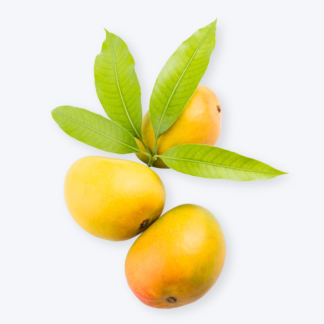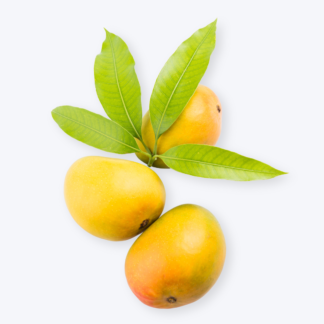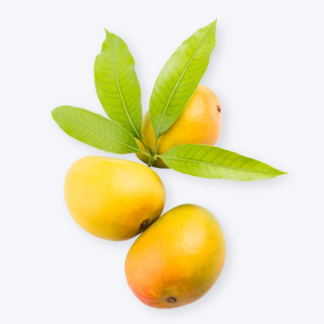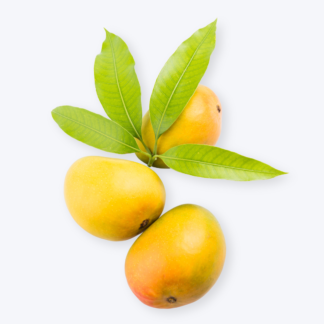To identify an Alphonso mango that is short, you can look for the following characteristics:
Size: Alphonso mangoes are generally smaller than other mango varieties, so a shorter Alphonso mango may still be the correct size for this variety.
Shape: Alphonso mangoes are oval in shape and have a pointed end. A shorter Alphonso mango may still have this characteristic shape.
Color: Alphonso mangoes have a bright yellow-orange skin when ripe. Check for this color, even if the mango is shorter than expected.
Texture: The skin of an Alphonso mango should be smooth and free from blemishes. The flesh should be firm, juicy, and free from fibers.
By checking these characteristics, you can identify if a shorter mango is an Alphonso mango or not.
Alphonso mangoes are primarily grown in the western region of India, particularly in the state of Maharashtra. Within Maharashtra, the Konkan region, which includes districts like Ratnagiri and Devgad, is known for producing some of the best Alphonso mangoes in the world. Other regions in India where Alphonso mangoes are grown include Gujarat, Karnataka, and Andhra Pradesh. However, the majority of the Alphonso mangoes come from Maharashtra.
Alphonso mango is a popular variety of mango that is known for its rich, creamy, and sweet flavor. It is often called the “King of Mangoes” and is considered to be one of the best mango varieties in the world. Alphonso mangoes have a bright yellow-orange skin when ripe and are oval in shape with a pointed end. They are primarily grown in the western region of India, particularly in the state of Maharashtra, and are enjoyed fresh or used in a variety of dishes and desserts.
Limited availability: Alphonso mangoes have a limited growing season, typically from April to June, and are only grown in certain regions of India. This limited availability makes them more expensive.
High demand: Alphonso mangoes are in high demand due to their delicious taste and aroma. They are considered a luxury fruit and are often given as gifts, which further increases their demand and price.
Fragile nature: Alphonso mangoes are delicate and easily bruised, which makes them difficult to transport and handle. This results in higher transportation and handling costs, which are passed on to the consumer.
Labor-intensive harvesting: Alphonso mangoes are often hand-picked, which is a labor-intensive process that adds to their cost.
Overall, the limited availability, high demand, fragile nature, and labor-intensive harvesting process of Alphonso mangoes contribute to their high cost.
The number of Alphonso mangoes in 1 kg can vary depending on the size of the individual mangoes. Generally, smaller mangoes will yield more in a kilogram than larger mangoes. However, on average, there are usually 4 to 6 Alphonso mangoes in 1 kg.
Alphonso mango is commonly known as “Hapus” in Hindi.
Leaves: Alphonso mango leaves are dark green and shiny with a pointed tip. They are about 6 to 16 inches in length and arranged in a spiral pattern on the branches.
Fruit: Alphonso mango fruits are oval-shaped and about 4 to 6 inches long. They have a bright yellow-orange skin when ripe and a sweet, juicy, and aromatic flesh.
Flowers: Alphonso mango flowers are small and white or cream-colored. They appear in clusters on the branches and have a sweet fragrance.
Growth habit: Alphonso mango trees have a slow growth rate and are generally medium-sized, growing up to 30 to 40 feet tall. They have a dense and bushy growth habit with a spreading canopy.
The best Alphonso mangoes are often considered to come from the Ratnagiri and Devgad regions of Maharashtra, India. These regions are known for producing high-quality Alphonso mangoes with a rich, creamy texture, and sweet, aromatic flavor. However, the best Alphonso mango can be subjective and depends on personal preferences. It is best to purchase Alphonso mangoes from a reputable source and look for the ones that are fresh, ripe, and have a bright yellow-orange skin.
Showing 1–4 of 10 results




Showing 1–4 of 10 results